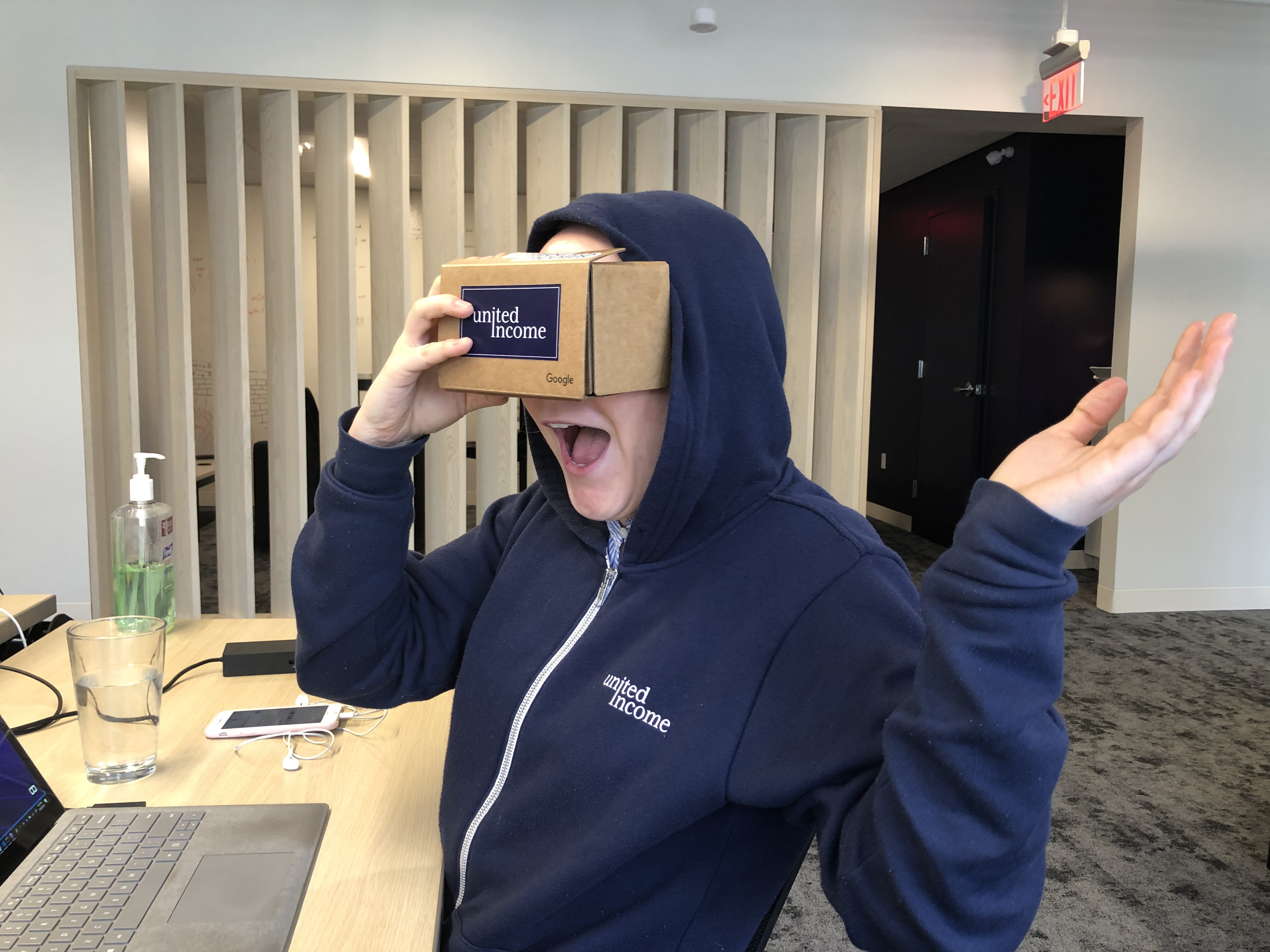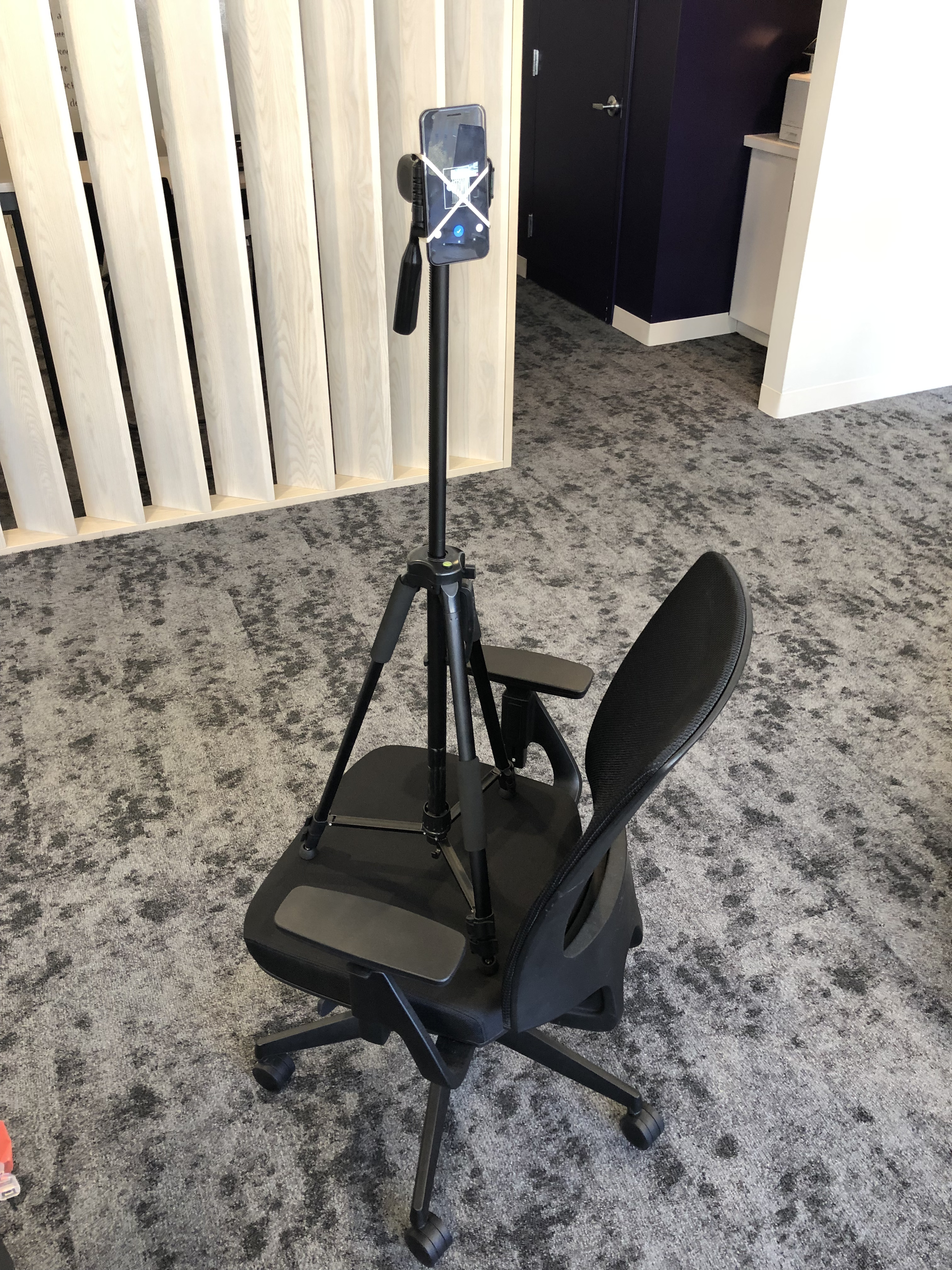Whenever I participate, I always like to try and work on something I only sometimes get to do in my daily work. For example, I'm a software engineer. Still, I also like UI design work, so I use Innovation Week to practice expanding my skill set and pursue something I’m interested in outside of coding. Others may use the time to practice product ownership by gathering requirements and documentation.
Fostering Positive Change with Innovation Week
Overview
“Innovation Week” is a term used to describe a structured week-long event that brings together an entire team to work on new ideas and projects while providing an avenue for personal growth at the same time. It's a time to step away from day-to-day work and focus on something new and exciting. I was first introduced to Innovation Week during my time at United Income, and I thoroughly enjoyed it. It was a great way to get our teams involved and fostered collaboration on projects we would otherwise likely not have time for. Since moving roles, my new position has also adopted the same concept, and since then, its influence has been spreading to more and more teams within the company. Innovation Week is essentially a mini-hackathon with more structure. Let’s get into how it works!
How it works
During Innovation Week, team members self-organize into groups to work on projects of their creation and choosing. These groups can be as small as one to two people or as large as 10+, and each group member arbitrarily determines the roles within those groups.
The projects can be anything- the only requirement is that it's tangentially related to the business or organisation I've had the pleasure of working on a fair number of projects during Innovation Week in my roles that have adopted it; for example, I helped build a brand new asset gallery for Battle.net, worked on Slackbot Destroyer, put together a component library for United Income, and even collaborated on a project that provided our remote teams with an opportunity to get a virtual tour of our office using a Google Cardboard headset.


While not all projects will have a long-lasting business impact (and that's OK), many do. As a team leader, your part in executing a successful Innovation Week is assessing those projects and helping to guide them to completion.
How to get started
The following steps outline how you can establish your own innovation week. These steps are flexible. Adapt them to whatever works best for your team. Every team is different, and what works for one may not work for another.
1. Set a date 📅
Make Innovation Week a regular event. My team at Blizzard does ours once a quarter. This gives enough time to plan and get excited about it. Having a place to write down ideas is also good so they can be revisited later. You could use a Trello board or a shared Google Doc for this to ensure it's accessible to everyone throughout the year. Keep ideas from previous Innovation Weeks in the same document, too, so they can be referenced or worked on later. You also don't need to do an entire week if you feel like it's too much, you could instead do a more regular cadence, such as a single day at the end of every development cycle.
2. Pitch 🥎
Have everyone pitch their ideas to the rest of the participants. This is a great way to get people excited about the event and to get feedback on their ideas. It also provides an opportunity for people to recruit others for their projects. For example, if you're a designer who needs a developer, you can pitch your idea and find one. We often schedule a pitch meeting about a week or two before Innovation Week. This also allows for ordering any required hardware or software licenses that teams may need if the budget allows.
It's crucial that, as a leader, you take a step back during this process and allow your team to come up with their ideas independently, even if you don't think they'll work long-term. Your role here is to advise, help guide, and not dictate. If you're unsure about an idea, ask questions and provide feedback, but don't shoot it down. You can also help connect those without a project with teams who need them.
3. Innovate 💡
Once Innovation Week begins, it's time to get to work. This is the fun part!
The point of Innovation Week is to remove strict guidelines and processes and allow people to work on things they are passionate about. Ideally, the only meetings that should happen are those within the Innovation Week projects.
From Monday to Friday, everyone works on their projects. Encourage (or even require) everybody to stop their regularly scheduled work (except live issues) and focus on their innovation tasks only. Remove distractions - no scrum ceremonies, no project syncs, and no meetings—just innovation.
I also like to do a team event during Innovation Week, either an expensed lunch/breakfast or something similar to make an occasion out of the event.
4. Present and Celebrate 🎤 🎉
On the last day of innovation week, have everyone present their projects and celebrate their learnings. Remember - only some innovations will be successful in the traditional sense. But every innovation should have driven learning - what worked, what didn't, what was unexpected, and most importantly, what did we learn?
Extend the invite to people outside the team interested in seeing what you've all been working on; if you're small enough, invite the whole company. Inviting everyone is a great way to get feedback on your projects and show off everyone's hard work. It also provides an opportunity to get buy-in from stakeholders interested in seeing your projects through to completion.
Encourage questions and feedback from the audience, and provide a list of resources for people to learn more. I also like to include the project's next steps and the remaining work left before it can be considered "done".
5. Discuss 💬
As team leaders, your role is to discuss the Innovation Week demos and decide which projects should be continued and added to the roadmap and which should be put on hold. You'll rarely have the resources to continue all of the projects, so it's essential, to be honest with your team about which ones you think are worth pursuing. If you're unsure, ask for feedback from your team and other stakeholders. Ensure that everyone feels heard and that their work is valued.
Go beyond just the demos, too. Discuss new tools that the teams used or new ways of organising work that can improve the day-to-day. Remember, innovation week projects could change an existing process, such as a standup or retrospectives; these are all valid ways to innovate.
It may be that some projects need more time to develop, and revisiting them during the next Innovation Week may be the preferred approach.
Your goal as a team lead is to make sure something tangible comes out of each innovation sprint, no matter how small it may be. This will help demonstrate the ongoing value that innovation sprints bring and build support for this time to innovate across the organisation.
6. Repeat 🔁
Do it again and again, and keep innovating. Make it a regular occurrence. Ultimately everyone owns what they work on. Allowing everyone to reflect their passion and ideas into the product roadmap is a great way to keep people engaged and your team evolving.
Conclusion
Projects that have come from Innovation Week have gone on to become some of the most successful changes for the teams I’ve worked on. It's an event that I think brings teams together positively and helps promote exciting changes within a team or company at large. If I had my way, however, this is how I'd like to see teams operate all the time instead of it being just a week-long endeavour.
Hopefully, this article helps you to start your own Innovation Week, and if you do, I'd love to hear about it!
Thanks to Andrew Vincent and Melissa Eckels for lending their incredibly thoughtful point of view when peer-reviewing and editing this article. Many of the positive experiences I outlined in this article are thanks to them and the team at the former United Income office.